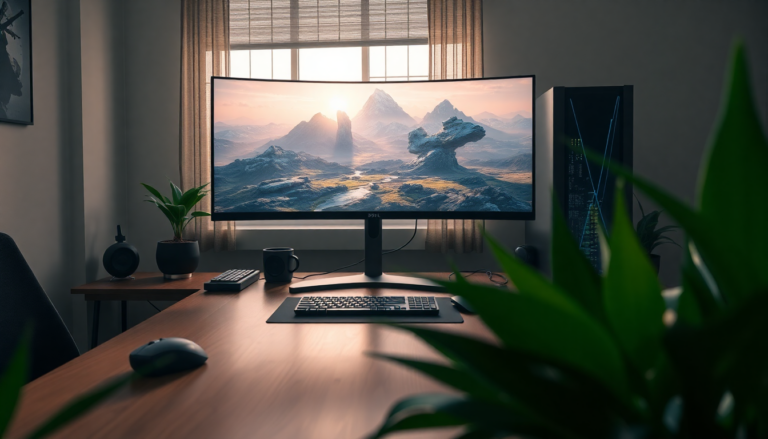Argomenti trattati
In the ever-changing world of gaming technology, the quest for high-performance graphics cards has never been more intense. Gamers everywhere are searching for ways to level up their experience without breaking the bank. Enter Nvidia’s latest advancements in Deep Learning Super Sampling (DLSS) technology. These innovations promise to significantly reduce the video memory (VRAM) needed to achieve stunning graphical fidelity, making it easier for gamers to immerse themselves in their favorite titles. In this article, we’ll explore what these developments mean for gaming performance across different setups. Are you ready to enhance your gameplay?
How DLSS is Shaping Modern Gaming
Nvidia’s DLSS technology has truly transformed the gaming landscape, enabling breathtaking visuals even on mid-range hardware. Thanks to the latest updates to the DLSS SDK, we’ve seen a remarkable 20% reduction in VRAM usage across various resolutions, from 1080p to 8K. But why does this matter? Simply put, it means gamers can crank up their graphical settings without needing to invest in the priciest GPUs on the market. For instance, this reduction translates to approximately 20 MB saved at 1080p and over 1 GB at 8K. That’s a game-changer for those looking to maximize their gaming experience without emptying their wallets!
And here’s the kicker: this efficiency isn’t just a boon for those with the latest hardware. Players using older graphics cards, like the RTX 30 series or even the RTX 20 series, can also benefit from these optimizations. By leveraging DLSS, they can maintain smooth frame rates while enhancing the visual quality of their games. Who wouldn’t want a smoother, more immersive experience?
Decoding VRAM Consumption in Gaming
While a 20% reduction in VRAM sounds fantastic, let’s take a moment to unpack what this means in real-life gaming scenarios. The savings in VRAM aren’t one-size-fits-all; they vary depending on each game’s particular requirements. For example, some titles may require less VRAM to run optimally with DLSS enabled, but the actual amount of VRAM saved can differ widely. This variance is especially beneficial for gamers using high-resolution displays, where memory demand tends to be higher. Curious how this might affect your gaming setup?
It’s also worth noting that players who invest in high-end gaming rigs—often costing upwards of $3,000—will reap the most significant rewards from these VRAM reductions. As they push their systems to the limit, every bit of VRAM saved can elevate overall performance, enriching graphics and boosting frame rates without sacrificing gameplay quality.
The Future of Game Development with DLSS
Integrating DLSS technology into games is an ongoing journey that varies from title to title. Developers need to implement these changes, and the timeline for updates can differ widely. As more games embrace DLSS, we can expect a shift in the gaming landscape, where stunning graphics become attainable even on more modest setups. Imagine a world where high-quality gaming is within reach for a broader audience, without the need for costly hardware upgrades!
Looking ahead, the potential for DLSS to reshape the gaming industry is immense. With a continued focus on optimizing performance and enhancing visual quality, gamers can anticipate an exciting future where technology aligns seamlessly with their desire for immersive experiences. The advancements in VRAM efficiency are setting the stage for a new era in gaming, where players can indulge in high-quality graphics without the financial strain of constant hardware upgrades. Are you ready to embrace this thrilling new chapter?

